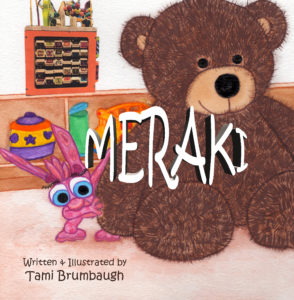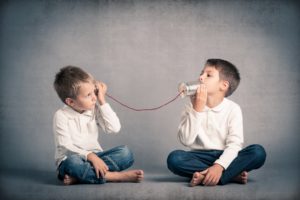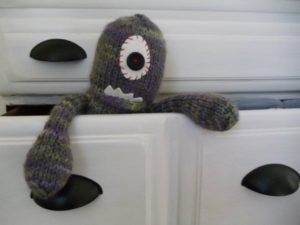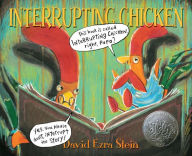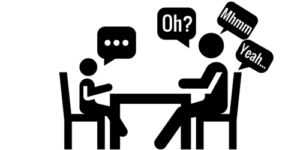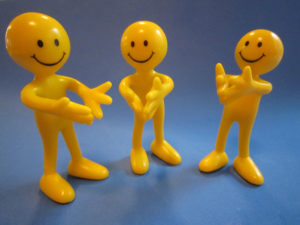
Once the last crumbs from lunch are wiped away and sticky fingers are washed, the students in the Autism Room gather for stories and songs. They sit in chairs on a huge blue rug with an alphabet border—that is turned upside-down if the children obsess over the letters.
Wiggles are temporarily on hold IF the picture book read captures their interest. (And even then, we have at least one student who will have to be redirected to his chair repeatedly.) When the story is over, we present a laminated piece of construction paper that has song pictures attached with Velcro. Each child gets to pull off the picture of the song they want to sing.
One particular child chose the song If You’re Happy and You Know It. Remember that one? Yes, we still sing it. We began the song with the typical “if you’re happy and you know it clap your hands” complete with the clapping. We soon progressed to “if you’re happy and you know it stomp your feet”. We then asked our verbal kids for the next motion suggestion, expecting the usual “shout hooray” or add-ons such as “pat your head”. No one responded. We started the song again. “If you’re happy and you know it…” After a long pause, one of our students cocked his head to the side and said, “Smile.”
Well, yeah.
Sometimes a good answer is right in front of us. Why overthink it? I’m asking myself this question too because I tend to overthink everything. It’s enough to drive me (and my husband) crazy. My decision-making process can be long and stressful, often leading to analysis paralysis.
What can we do about overthinking? I’m going to start by asking myself, “Is this going to matter next month or next year?” If the answer is “not really” then I’ll give myself one minute to stop my brain wheels from spinning. If the answer is “yes” then I’ll allow ten minutes, but then remind myself that I can’t control everything and it’s time to let it go for the day. It’s worth trying.
So thank you for the reminder, little friend. And when I’m happy and I know it I will smile.



